Adventure travel has evolved over the years with more and more people pushing themselves out of their comfort zones to explore off-the-beaten-path destinations.
But with new and grand adventures come new responsibilities. The risks of adventure travel are not to be taken lightly. Having been in hospitals on four different continents, we can attest that the risk of injury or disease is very real. Taking the proper
precautions is a must to ensure peace of mind and wellbeing.
In today’s world anything can happen; we have found ourselves in the middle of a violent election in Sri Lanka, stuck with a broken back in the Peruvian Amazon and suffering from a blood infection in Tanzania. Luckily, we always had a contingency
plan to get out of the country if needed or to have the right people around us to help.
Since joining Medjet last summer, we have an extra piece of protection to aid in our travels.
Here are our top adventure travel tips that we’ve learned after traveling full time for 10 years to 110 countries to help keep you safe and give peace of mind.
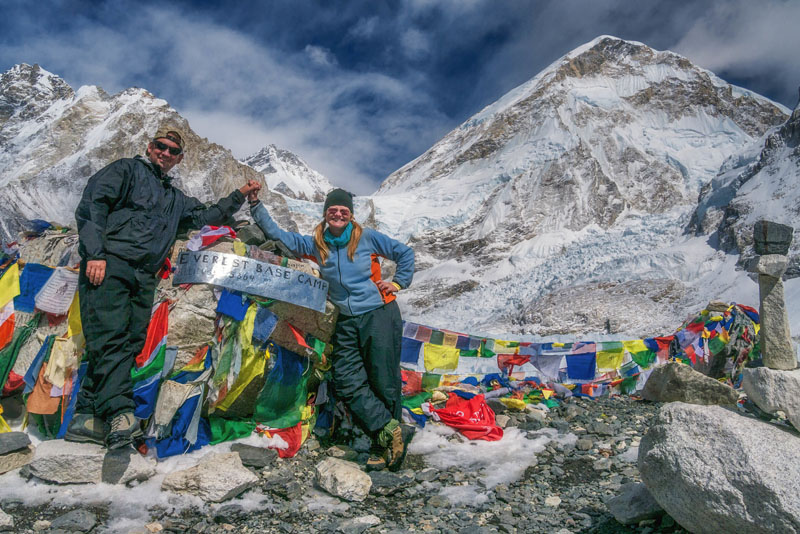
Travel Insurance
We never travel without insurance, and neither should you. But remember, not all travel insurance plans are created equal.
When traveling to developing countries or places where anything can happen, you want to make sure you have flight cancellation insurance, trip interruption and travel medical insurance.
But read the fine print, most travel insurance plans don’t cover emergencies related to adventure travel, and you may find yourself stuck paying for medical bills abroad.
That is why, even with our medical coverage and travel insurance, we have peace of mind with Medjet, which doesn’t have any adventure travel exclusions.
Medical Evacuation Coverage
When Dave broke two vertebrae in his back in the Peruvian Amazon, we were grateful we had medical evacuation insurance. But we did have to wait eight days while jumping through hoops to collect the right paperwork and go through all the insurance channels
before they’d finally sign off to let us fly home to a proper hospital.
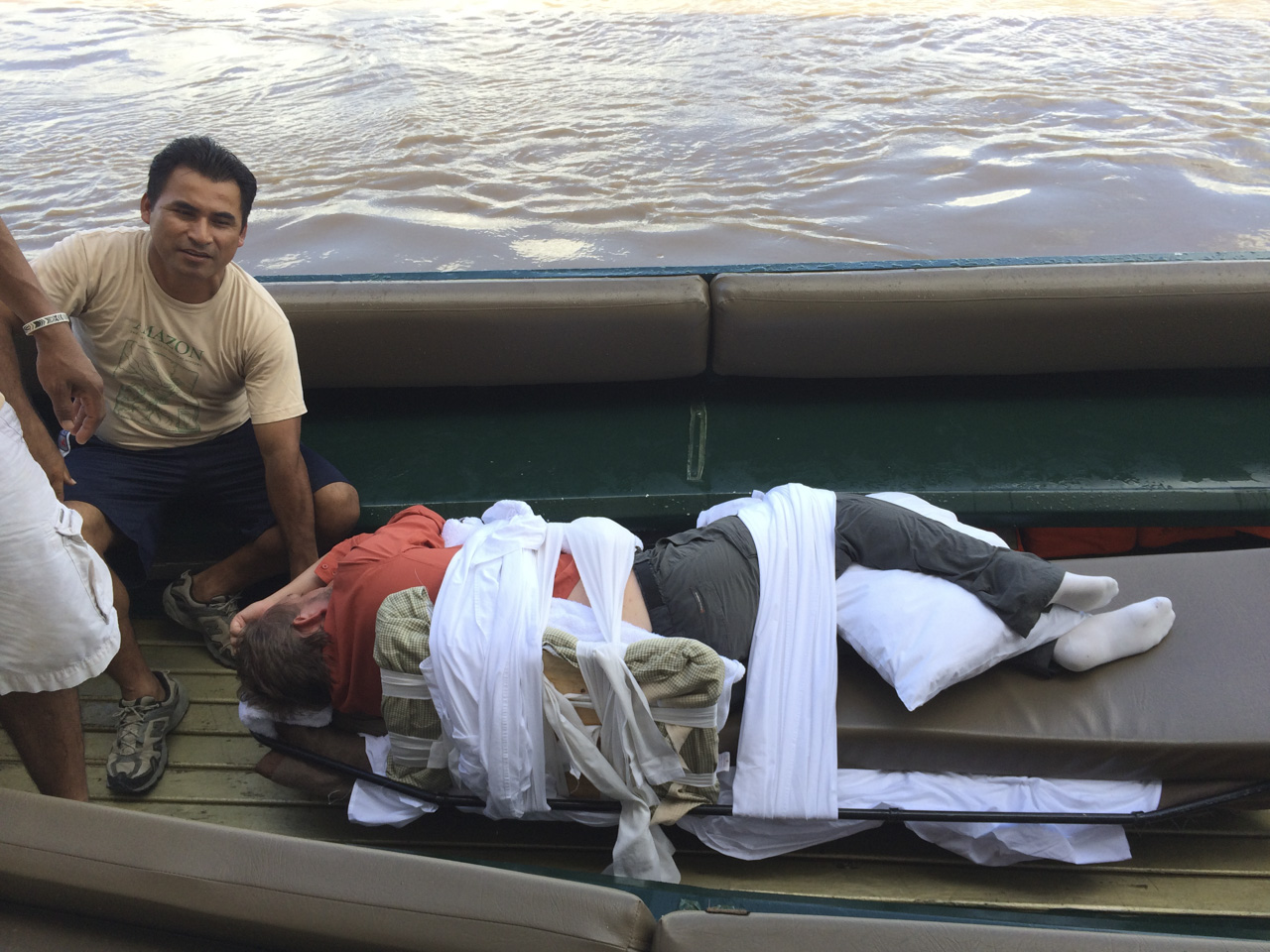
If we had Medjet they would have brought us back. With Medjet, if you are hospitalized more than 150 miles from home, they will transfer you to your home hospital, regardless of whether doctors deems the transfer medically necessary.

Pack Light and Pack Right
When going on an adventure vacation, we recommend using a backpack instead of a suitcase. You’ll be able to throw it on top of trucks, into buses and on trains - and it’s easy to carry.
Backpacks can be hard on the body though, so pack light. You don’t need a lot of clothes when traveling. Pack lightweight breathable clothing that can be layered.
If you are climbing mountains, you will be hot at the start, but freezing at the top. You need to be able to add layers to keep you warm as you go and shed as you work up a sweat.
Even on the hottest days, long sleeve, breathable hiking shirts and hiking pants work great.
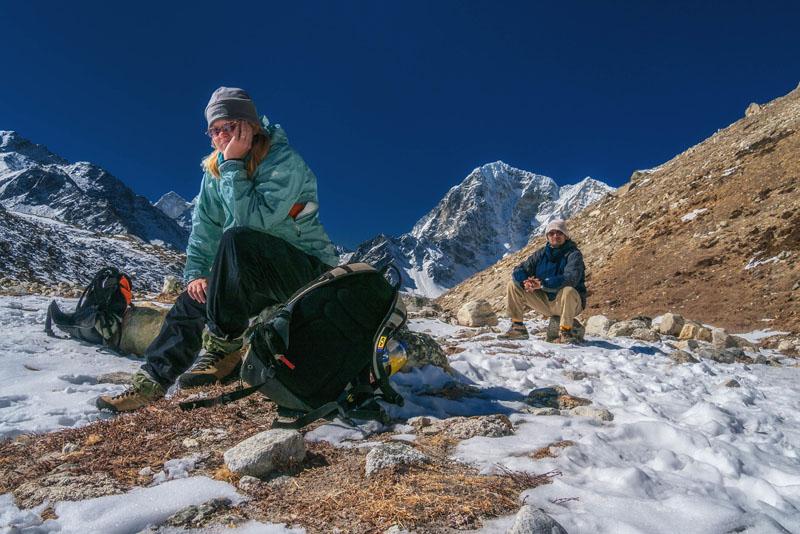
Know Your Limits
Don’t bite off more than you can chew. Too many people get themselves in trouble by going out into the wilderness solo. If you don’t have backcountry skills, you are not going to go hiking on your own. Hire a guide to help you out.
If you have never gone hiking or been to high altitudes, maybe tackling Mount Kilimanjaro for your first time out isn’t the way to go. Instead, try hikes around your neighborhood to get into shape and then try a climb at lower altitude to see how
it affects you.
Before we climbed Mount Kilimanjaro at 19,340 feet, we tried Mount Kinabalu that was only 13,435 feet and had been to altitude in Colorado and Peru.
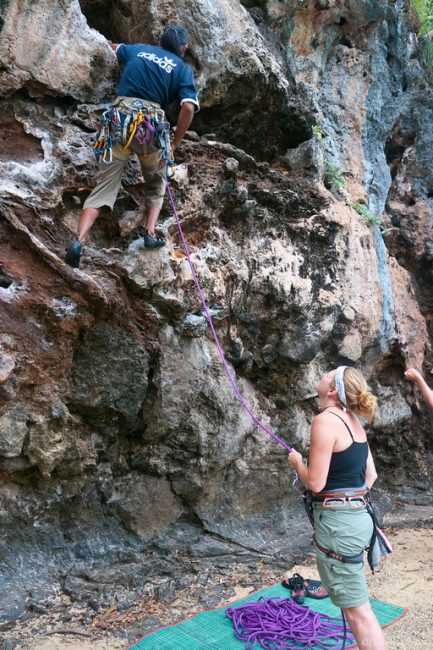
Hire Local Guides
Speaking of guides, we often take on adventures that we aren’t completely qualified to lead ourselves, but having an experienced local guide lets us take on a tougher challenge.
Plus, when you hire local guides, it saves a lot of money. When booking an adventure from home, your money goes through a lot of different people. When you hire locally, the money goes directly into the guide’s hands.
Plus, they know the area best and can offer a more authentic experience. When climbing to Everest Base Camp, we hired a local guide and paid a fraction of the price that other hikers paid, and we knew that we were supporting our guide and porter’s
family directly.
Choose the Right Destination
We have talked a lot about exotic destinations we’ve been to around the world, but you don’t have to go to Nepal, Bhutan or Patagonia to have a great adventure. Before we started our careers as adventure travelers, we did a lot of adventures
in our own backyard.
We learned to scuba dive in the Great Lakes, we learned to snowboard on the tiny ski hills of Ontario, we went rock climbing on the Niagara Escarpment and learned to navigate with a map and compass while canoeing in our provincial parks.
We had an amazing time and honed our skills so that when we did venture out to other continents, we felt prepared to tackle any adventure.
Do Your Research
Before you head out on your next adventure, make sure to do your research on the destination. Know what vaccinations you need, know the political situation and know the dangers that you might encounter.
Check travel advisories and weather patterns.
You don’t want to risk an adventure you’ve dreamed about for years on a storm in the height of hurricane season, and it is always important to be informed of political situations when traveling abroad.
On November 1, Medjet is launching short-term MedjetHorizon memberships for 8, 15, 21, and 30-day durations. This elevated membership offers members all the same air medical transport benefits of a traditional MedjetAssist membership, plus travel security and crisis response services for in-country response to everything from terrorism, kidnapping for ransom, natural disasters and
wrongful detention.
And even though you don’t want to think about it, there are many other things to consider when going abroad, such as political threats, violent crimes or pandemic outbreaks.
It’s good to know that someone has your back when you venture out to a new destination.
Break in Your Hiking Boots
This is a small tip, but it’s important. When buying a pair of hiking boots, be sure to break them in thoroughly before your trip. If you are out on the trail, climbing a mountain or even just walking around a market or village, you want your feet
to be comfortable.
No matter how high quality the boot, if they are not broken in, you could get blisters and you may find that as your feet expand they don’t fit properly. Put them through the ringer before you travel.
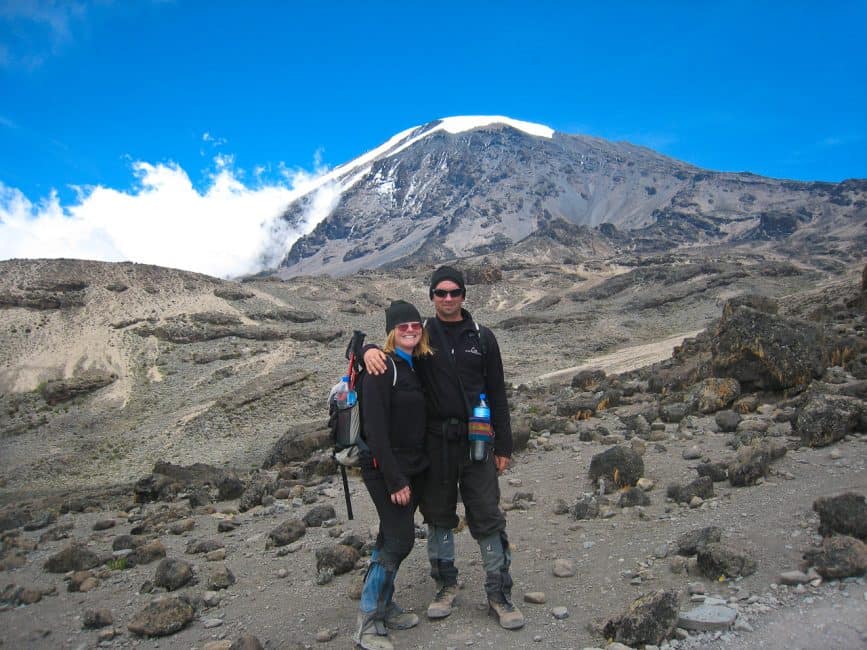
Have a good first aid Kit
A lot of people will say you don’t need a first aid kit because you can buy what you need, but when you are doing adventures, you need to have things on hand for emergency situations. You can buy first aid kits that will have the basics and then
add what you need to help your adventures.
We recommend Diamox tablets for altitude sickness, mole skin for blisters, rehydration tablets for dehydration, anti-diarrhea tablets, a SteriPen to purify water, and motion sickness tablets.
Plus, any prescription medication that you have with copies of your prescription on hand.
Have an Open Mind and Enjoy Every Moment
And finally, enjoy yourself. Adventure travel shouldn’t be a scary thing. You have prepared, done your research and have made sure to not take on more than you can chew - so now is your time to take it in. Pat yourself on the back and know
what it feels like to accomplish something amazing.
Every time we have taken on a new adventure, we have come out better people. We’re stronger and closer than ever and if you go on a grand adventure, it will change your life.
Dave and Deb run the adventure travel blog, The Planet D. Forbes named them one of the top 10 travel influencers in the world and they have done adventures on all seven continents from Kayaking in Antarctica to cycling the continent of Africa.